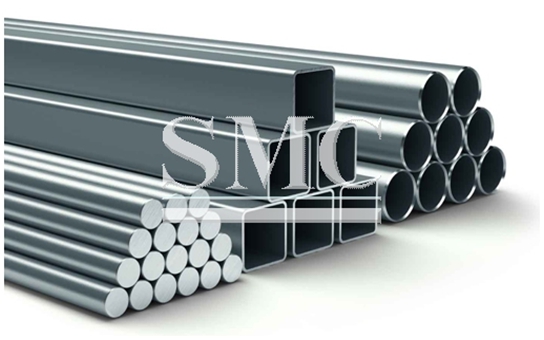
- المنتجات المعدنية منتجات الألومنيوم منتجات النحاس المنتجات المطلية بالمعادن المنتجات الفولاذية المقاومة للصدأ منتجات الفولاذ الكربوني خلط المعادن الخاص
- المشاريع لوحة الحواجز الفولاذية رف الخزانة الهياكل الفولاذية الجسر الفولاذي السقالة المواد الإنشائية المواد الخام الكيميائية One Stop Solutions for Projects
- الحاويات الحاويات القياسية لـ ISO الحاويات للمعدات الحاويات للتخزين والنقل دار الحاويات الحاويات المثلجة الحاويات القريبة السواحل
- الماكينات آلة تشكيل المعادن الآلات الأخرى آلة قطع المعادن آلة تصنيع المعادن آلة التعويج آلة تصنيع البلاط
- منتجات الماكينات صناعة السيارات المنوعات معدات الإرساء معدات السفينة أناء الضغط
- النظام الكهرباء والميكانيكي الكابل الكهربائي الأوتوماتيكي التنسيق الكهربائي نظام طاقة الشمس نظام حماية أمن الكهرباء آلة التحويل خط الأنتاج نظام الإضاءة
- المعدات الطبية منتجات الإطعام منتجات أنبوب إدخال القصبة الهوائية منتجات الرعاية المنتجات البلاسبيكية
- epc مشاريع
- آلات البناء
- خط أنابيب النفط
- خط أنابيب المياه
- انبوب الغاز
- مستلزمات السفن والرباط
- المعادن للزخرفة/ للديكور
- مكونات المحولات
- أنابيب التبادل الحراري
- قطع غيار تكييف الهواء ومستلزماته
- سخان مياه
- أدوات المطبخ و الحمام
- المعادن للأجهزة المنزلية
- أجهزة الطاقة الشمسية
- المصعد الكهربائي
- الأسطح والأسقف
- الكابلات
- الخزانات
- التعبئة والتغليف
- قطع غيار الآلات والمعدات ومستلزماته
- القوالب
- قطع غيار السيارات
- السكك الحديدية و رافعات السكك الحديدية
- تركيب الأجهزة
- الكاشطة
- معدات بناء الطرق
- المكونات الإلكترونية
- اعمال البناء ومواد الديكور
- الأبواب والنوافذ
- الثلاجات
Is global finger pointing over steel altering supply patterns?
The United States and the European Union have said enough is enough have begun the fight back against under-cost dumping of steel onto their respective markets, whilst laying the blame at the feet of China. China have made monumental progress in the last two decades in terms of their market share of the steel market, since 1995 to last year, their share of the world’s crude steel production has increased by 36.8PC from 12.7% to 49.5%.
The United States has moved to impose anti-dumping penalties and countervailing duties that would be as high as 532 percent for some Chinese products, such as cold-rolled steel used in production of autos, appliances, and other products.
Both the EU and the US have also imposed penalties on other nations such as Russia, Turkey, South Korea, Japan and India, however, the penalties vary by country. The effects of the penalties will no doubt be felt in the respective countries, however, will it be as effective as the EU and US are hoping?
“It’s a game of whack-a-mole,” he said. “They hit China, and people buy from Korea. They hit Korea, and then people buy from Indonesia or Taiwan. People find a way around these obstacles, but it does require redrawing of a supply chain.” said John Anton, director of steel analytics at IHS Markit.
John believes that US and EU steelmakers who believe by inflicting these penalties it will automatically cure their woes are likely to be disappointed, with the understanding that people will always find a way around things and look for the cheapest and most efficient source.

As the world’s largest steel producer and exporter, China is the main cause of overproduction. “Production in the rest of the world is not out of hand, but China produces half the steel in the world, Anton said.
In 2014, China responded to their national slow down in domestic growth by increasing their steel exports to an all time high of 130MT, which is a world away from their operations a number of years back where they didn’t want to exceed 50MT due to a fear of annoying the US and Europe. Therefore, it is no surprise that by increasing their output levels by 160%, they have indeed annoyed the US and EU.
Although, China has indeed acknowledged they have a part to play and have begun cutting production levels, overproduction is still an incredibly prevalent problem. There is no doubt overproduction of steel is a critical issue in the industry at this current point, however, finding the absolute root cause of the problem could be a mystery to find and agree upon; with the West pointing the finger East and the East pointing their finger West.